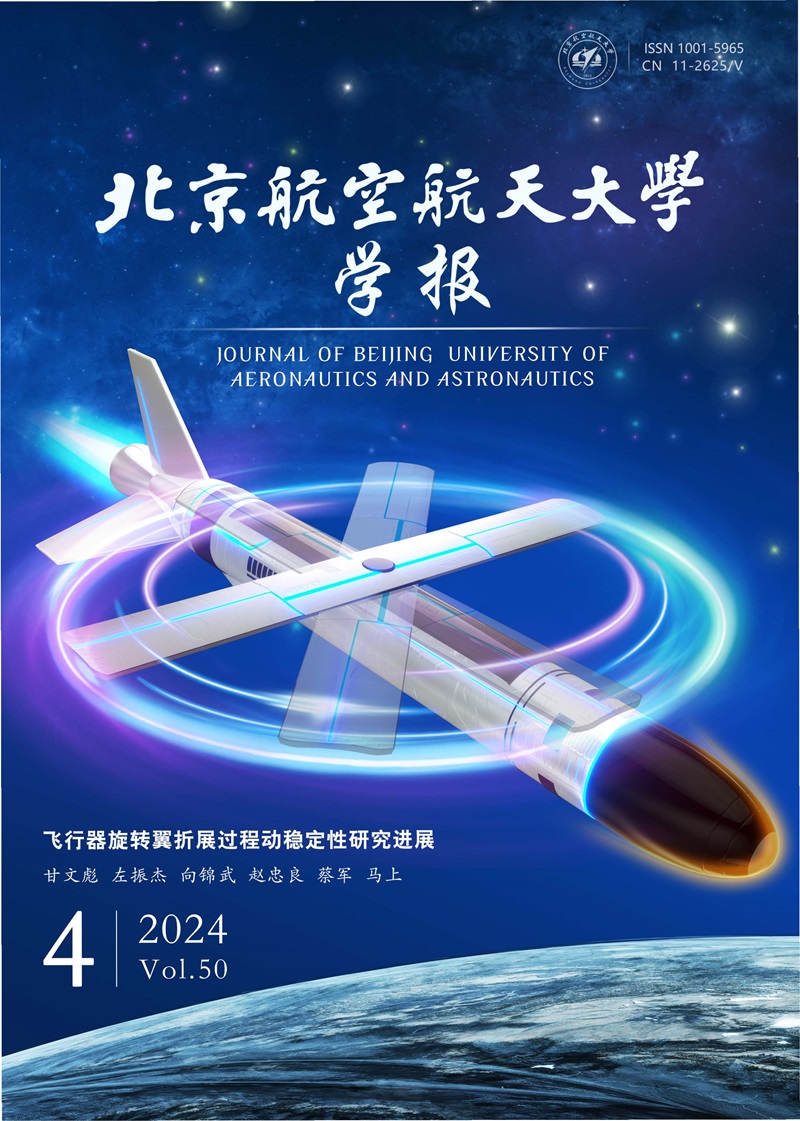2007 Vol. 33, No. 07
2007, 33(07): 785-788.
Abstract:
2007, 33(07): 798-802.
Abstract:
2007, 33(07): 803-806.
Abstract:
2007, 33(07): 811-815.
Abstract:
2007, 33(07): 816-820.
Abstract:
2007, 33(07): 834-837.
Abstract:







 XML Online Production Platform
XML Online Production Platform

